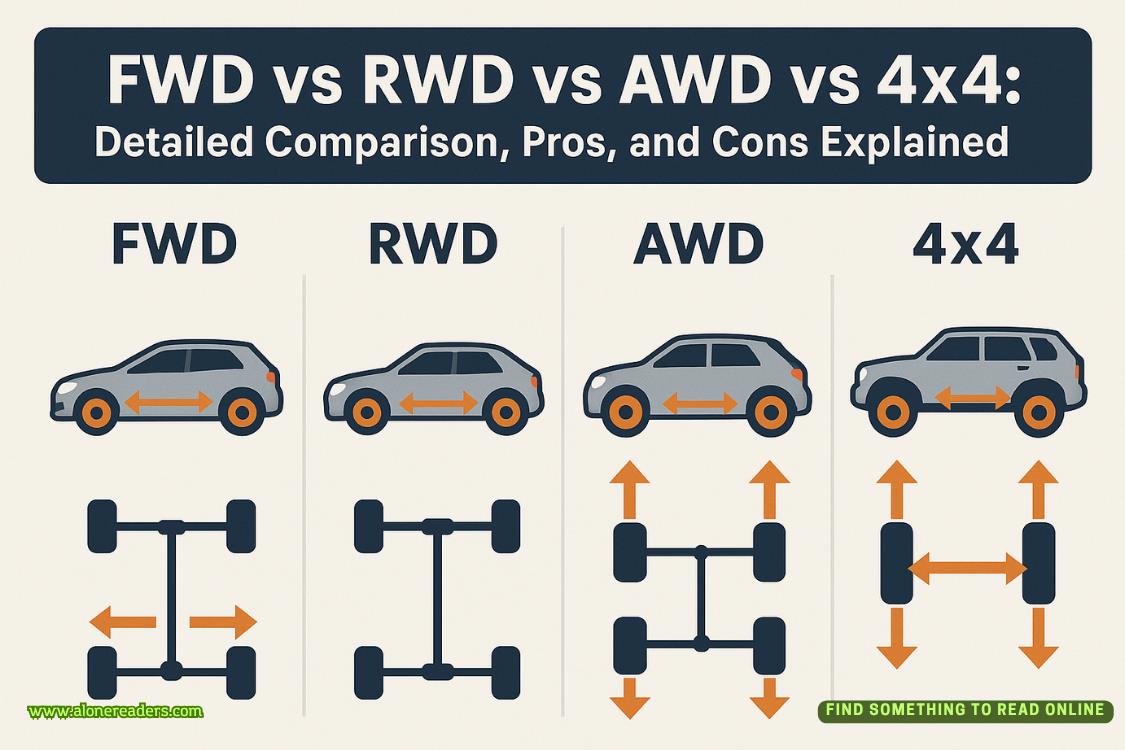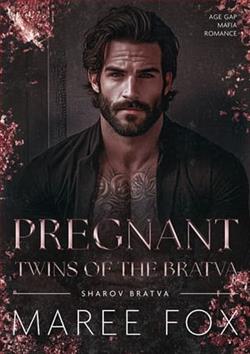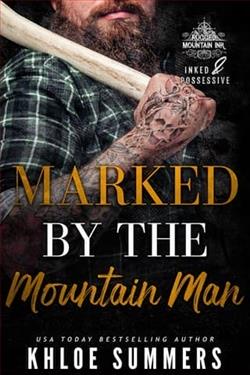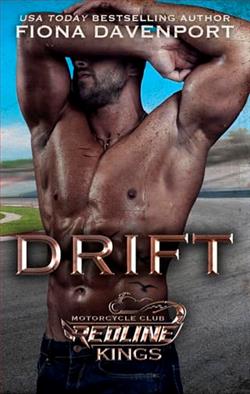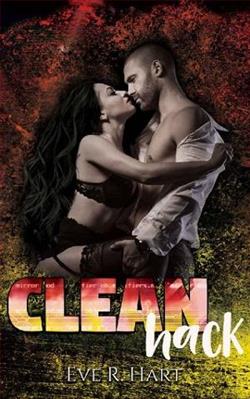Page 1 of Dark Roads
PROLOGUE
No one ever wakes up thinking,I’m going to die on a dark road tonight,but that’s the point, isn’t it? You’re young and free, with your entire life ahead of you. You’re busy falling in love, arguing over stupid things with your family, thinking of the perfect witty comment for Instagram. You take chances. You drive too fast and drink too much. Time unwinds in front of you like a luxurious, brightly colored ball of yarn. You think you have years to get it right. Then, all of a sudden, you meet the wrong person, and it’s over.
Death didn’t come for me with a beautiful burst of light or angels singing, or anything, really. It was sharp, piercing pain, his eyes staring into mine as he choked me, and surprise. Even as my throat collapsed and blood vessels broke in my eyes, I thought someone was going to drive down the highway. Someone was going to see. There would be headlights and screaming.
Well, there was screaming. Until, like I said, he choked it all out of me.
I’m not the only one here. Many of us are still waiting, lingering in the air like whispers. We don’t talk about our deaths, or how we each made our fatal mistake, but I imagine we all knew about the Cold Creek Highway long before our bodies were dumped in a ditch or buried in the woods under a blanket of damp moss. You couldn’t grow up in the North without your parents warning you, or the clerk at the gas station telling you to watch out, or walking past posters of the victims with their sweet, hopeful smiles. All those grainy photos lined up in rows like they were in some sort of tragic yearbook. Graduating to nowhere.
How many victims are there? The newspapers will tell you thattwenty cases have been connected to the highway, more than half were First Nations, all of them young. Truth is no one knows for sure. Their bones are scattered, their names a brief note in a missing persons file.
You’re wondering how someone could get away with all these killings unnoticed. It’s a fair question—if you’ve never driven the nearly five-hundred-mile highway that stretches west through the mountains to the coast in a long, undulating swath of gray. The towns and First Nations communities are small and far apart, with no buses or other sources of public transportation.
The forest is a wall of thick impenetrable trees and dense underbrush that scratches at skin already welted from blackflies and mosquitoes. The mountains are sheer, the ravines deep and lined with jagged rocks or loose gravel that can slide a body all the way down and never return it. The rivers swell with rain and swallow anything in their path. Bears, cougars, and wolves carry off bones. Shrubs and ferns grow over the rest. The land is made for hiding.
There are only a few police stations, some with a handful of officers. It wasn’t like it is now, with computers and databanks. There was no communication, no obvious pattern to the murders. Or maybe it was just blatant racism that had the police overlooking the problem. What was one more missing First Nations girl to them? Thousands were already missing or murdered across the country. White victims were given more attention, more press.
By the time the RCMP realized that someone was hunting more than deer in the North and formed a task force, the cases went back decades. Witnesses forgot crucial details. Evidence was lost or destroyed. DNA had been recovered, but there were multiple samples that never matched to anyone. The original suspect was thought to be a trucker or a logger, someone transient. They speculated that he’d died and one, or more, had taken his place.
The town erected a billboard warning women not to hitchhike. As if that would stop a girl hell-bent on running away or looking for agood time. The police promised to step up their patrols, while vigilantes with shotguns took nightly drives and swore that they’d put an end to it. But women still went missing. Sometimes from the highway, other times from nearby communities. They were seen at a party or walking home, then never again.
Northerners said that there was something evil in those mountains. The highway was haunted, and so was the town of Cold Creek—the last real stop for gas and provisions before taking your chances on the dark road ahead. It was also the last place several women had been seen.
Others said danger was just part of living in that rugged and remote terrain. Death of some type was always certain. Bored kids would get into trouble. Poverty led to violence.
Tourists spoke about blinding headlights in their rearview mirrors that disappeared just as quickly. Teens told stories around fires and scared each other on shadowed trails, then giggled in relief when their friends leapt out. The highway was a favorite topic for sleepovers and Ouija boards. Every year someone dressed as a killer truck driver on Halloween.
Maybe you’re thinking,Why would anyone ever visit such a terrible place, let alone live there?Well, the North taketh away, but the North also giveth. The valley between the mountains is rich with soil, and crops flourish. There is hunting, fishing, and cheap land, unencumbered by pesky neighbors and city rules. Most of the townspeople are third- or fourth-generation, but others come searching for work in logging and mining and never leave.
I imagine it was easy for them to tell themselves that it was only unwary women and girls who fell victim to the highway. They had been too trusting. Too reckless. People were wiser now.
And they were right, for a while.
Several years passed without any girls having the bad luck to get murdered. The town relaxed, which was its first mistake. The heat rose that summer, broke records, and teenagers flooded out to the lakefor the weekends. Girls walked to the bathrooms alone, skinny-dipped in the moonlight, and flashed truckers, until another body was found in the long, yellowed grass by the side of the road. An unfortunate motorist had stopped to pick wildflowers and got more than he bargained for. The dead woman was suspected to be a drug-addicted prostitute.
There was a public vigil and there were community safety meetings, but in private most people thought that it was the woman’s lifestyle that led to her death. Who was to say it wasn’t her pimp or her drug dealer? But then, not two years later, a high school girl disappeared from a party in a cattle field bordering the highway. No evidence, no arrests. Days later, the farmer’s dog uncovered her decomposing body in a culvert. Her photo was added to the posters.
Amateur sleuths hit the internet, opening Facebook groups and Reddit threads, tracing license plates and old prison records. Journalists wrote in-depth articles and scored book deals, hoping they’d succeed where the police had failed. But they haven’t. No one has.
Our families and friends keep our roadside crosses painted and bring fresh flowers, teddy bears, and LED candles. The candles flicker for weeks until their batteries run out. People say silent prayers as they drive past. We hear them, and then we watch you leave us behind.
You want to know which one I am, where I fit into the timeline of broken lives. Does it matter? We all share the same story, even if our killers are different, and we want to tell you our secrets. But that’s the thing with whispers. You have to listen closely to hear us.
PART ONE
CHAPTER 1
Hailey
JUNE 2018
The door creaked open behind me. Footsteps shuffled across the floor to where I lay on my side, facing the wall and scrolling through photos on my phone, videos. He stopped inches from the bed. He thought he was being sneaky, but the mattress dipped as he leaned over, breathing across the back of my neck, stirring the hairs there. Little puffs of bubble-gum-toothpaste-scented air.
“Hailey? You awake?”
I rolled over, met my little cousin face-to-face. His brown eyes were delighted, his dark hair damp and spiking out in all different directions like he’d rubbed a towel over it. He climbed up beside me, sprawled on his back, his head on my other pillow, and kicked one of his legs in the air. He was wearing shorts and his knees were scratched. He smelled of suntan lotion.
“Are you still sad?”
